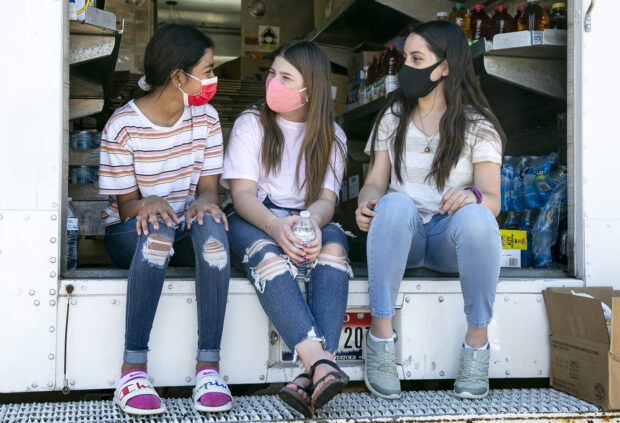
The Idaho State Department of Education finalized a work plan last week aimed at helping schools meet students’ mental and behavioral health needs.
In a statewide survey last year, more than 90% of school leaders said they see the value in providing behavioral health services for students, but only 60% had some sort of plans in place to try and address those needs. Eric Studebaker, the SDE’s director of student safety and engagement, convened a statewide group of health professionals, educators and state officials following the survey to guide the SDE’s efforts to help expand behavioral health resources.
The new work plan addresses 10 of 11 recommendations put forward by that group, including improving state data and educator access to mental health resources. The plan will guide the SDE’s efforts for the next 18-24 months, Studebaker said.
Key components of the plan include:
- Gathering educators working on mental health into a professional learning community where they can share resources and ideas.
- Improving state data tools to help districts track and evaluate student well-being through indicators like behavior, attendance and bullying.
- Getting an accurate count of how many school counselors, psychologists and other pupil-services staff are currently working in Idaho’s schools. (The state’s current ratio, Studebaker said, is skewed because part-time workers are counted as full-time).
- Completing a request for proposals for a statewide student assistance program where students could quickly access mental health services.
This request for proposals is a first step toward potentially developing a statewide mental health resource similar to programs in Cassia County and Twin Falls, where students could get immediate access to crisis help, or a local mental health provider. The RFP responses will help set the stage for what the service might cost and “whether it is even a reality,” Studebaker said.
“If we could do this it could be a huge breakthrough in connecting families with services,” he said.
The work plan is missing one of the recommendations from the state group: Adopting a common framework for discussing social-emotional learning in Idaho’s classrooms.
The SDE leadership team decided not to pursue that recommendation in light of a national poll suggesting the term “social-emotional learning” is unpopular with parents, and the divisive political rhetoric around the term, Studebaker said. Social-emotional learning (SEL) has been drawn into partisan debates around whether schools are teaching critical race theory, or trying to “indoctrinate” youth with liberal ideology.
The state is evaluating whether it will continue to use the term “social-emotional learning,” Studebaker said.
“The commitment to the components is still all there,” SDE spokeswoman Kris Rodine said. “It’s just the terminology that is the flashpoint.”
Idaho lacks a statewide rubric for how schools should provide behavioral health supports to students. Whether a student has access to mental health services in school depends on where they live, and whether administrators have the funds or the interest in providing those services.
This new work plan does not cement any new requirements for school districts to address mental health. However, the federal government did ask school districts to evaluate student well-being in light of the COVID-19 pandemic, and describe how they will use millions in federal relief funds to support students’ social and emotional health.
Studebaker is optimistic that federal COVID-19 relief funds helped districts pay for new behavioral health projects, and that the state plan will provide more resources for those projects to succeed.
He acknowledges that some communities, and educators, are on the fence about whether schools should be involved in addressing youth mental health.
Time, he thinks, might convince them.
“Everything that I’m hearing, that I’m witnessing, is that our kids have been hit hard by this pandemic,” Studebaker said. “Unfortunately I think we’re going to see instances of bullying, suicide ideation, depression, all of those things are going to increase. I think that’s what’s going to bring the schools involved.”
Studebaker will present his work plan in more detail at the SDE’s upcoming student safety symposium on Oct. 21.
